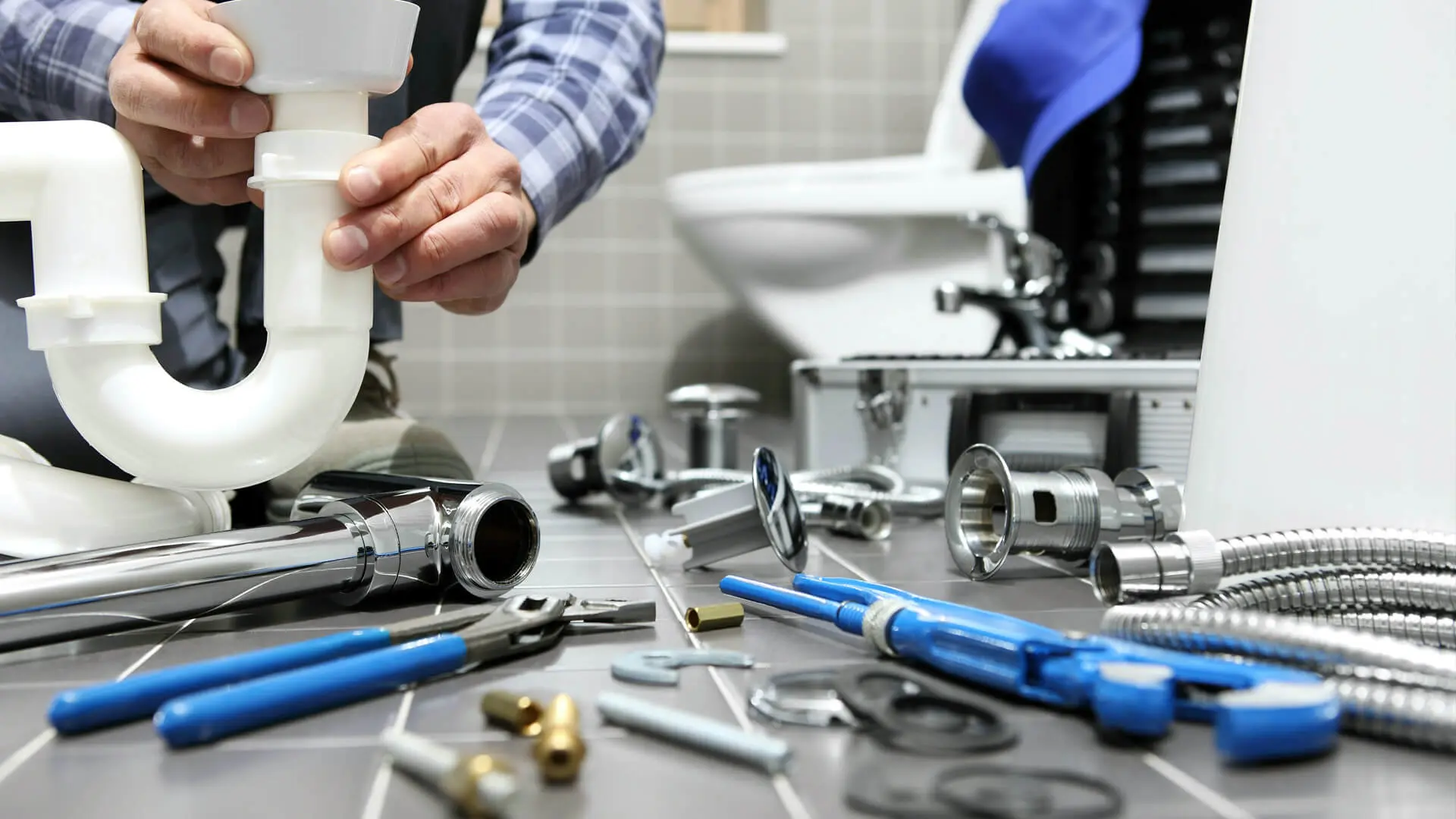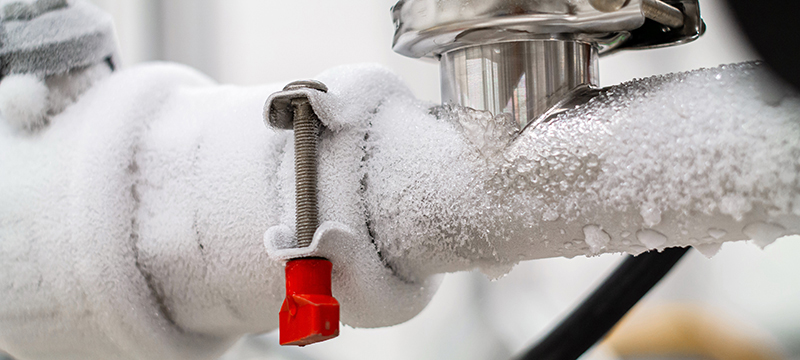Escape the Freeze: Five Essential Hacks to Keep Your Pipes From Bursting This Winter
Escape the Freeze: Five Essential Hacks to Keep Your Pipes From Bursting This Winter
Blog Article
What're your ideas about Prevent Freezing and Bursting Pipes?

All house owners that live in pleasant environments have to do their ideal to winterize their pipelines. Failing to do so can lead to calamity like frozen, cracked, or ruptured pipes.
Try a Hair Clothes Dryer or Heat Weapon
When your pipes are nearly freezing, your dependable hair dryer or heat weapon is a blessing. If the warm towels do not help remove any type of settling ice in your pipes, bowling hot air straight right into them might aid. You might end up harmful your pipelines while trying to thaw the ice.
Open Up Cabinet Doors Hiding Plumbing
When it's cold outside, it would certainly be helpful to open up cupboard doors that are masking your pipelines. Doing this little trick can keep your pipes cozy and limit the potentially unsafe results of freezing temperature levels.
Take Time to Wrap Exposed Pipeline
One cool and simple hack to warm up freezing pipes is to wrap them with cozy towels. You can cover them initially with towels. After safeguarding them in place, you can put boiling water on the towels. Do it slowly to let the towels absorb the fluid. You can also make use of pre-soaked towels in hot water, just don't forget to wear protective gloves to guard your hands from the warmth.
Activate the Faucets
When the temperature declines as well as it appears as if the freezing temperature level will certainly last, it will assist to turn on your water both inside your home as well as outdoors. This will certainly keep the water flowing through your plumbing systems. Furthermore, the movement will certainly decrease the cold procedure. Significantly, there's no need to transform it on full blast. You'll wind up squandering gallons of water this way. Rather, go for regarding 5 declines per minute.
Shut down Water When Pipes are Frozen
Shut off the major water shutoff quickly if you observe that your pipes are entirely frozen or practically nearing that phase. You will generally locate this in your cellar or utility room near the heater or the front wall surface closest to the street. Turn it off as soon as possible to prevent more damage.
Do not fail to remember to shut outside water sources, also, such as your hookup for the yard home. Doing this will certainly avoid added water from filling your plumbing system. With more water, more ice will pile up, which will eventually lead to break pipelines. It is best to call a professional plumber for an inspection if you are uncertain regarding the state of your pipes this winter season. Taking this proactive approach can save you thousands of bucks in repairs.
All property owners who live in pleasant climates need to do their best to winterize their pipelines. Failure to do so can mean calamity like frozen, fractured, or ruptured pipes. If the warm towels do not help remove any kind of settling ice in your pipelines, bowling warm air directly into them may help. Turn off the primary water shutoff immediately if you notice that your pipes are completely frozen or almost nearing that stage. With more water, more ice will pile up, which will eventually lead to burst pipelines.
PREVENT YOUR PIPES FROM FREEZING THIS WINTER
A Leading Cause of Property Damage
When the weather is taking a deep nose dive into the cold dreary days, the risk of your pipes freezing and potentially bursting skyrockets. Unfortunately, during these cold dreary months, burst pipes are the most common denominator for property damage. The pipes that are most at the risk are those that are in areas where it is most cold in your home. For instance, pipes located in interior places such as basements, attics, and your garage. Unfortunately, that doesn’t mean that the pipes running through your cabinets or exterior walls can’t freeze. Good news, however, is that you can do things to help prevent pipes from freezing.
How to Prevent Pipes From Freezing
Once the temperature starts to drop during the winter, you should be taking the proper measures needed to ensure that your pipes stay warm and that there is circulation of water through them. Some steps that experts may recommend could go against your better judgement when it comes to saving water and heat. However, it would go without saying that when expenses are compared, damaged pipes could put a bigger dent in your wallet than a water bill.
What Can I Do?
Keep your garage door closed. This is very important, especially if you have water supply lines running through your garage. Open your kitchen and bathroom cabinets to allow warm air to circulate through them. Allow air circulation throughout your home. Keeping the interior doors open will once again allow the warm air to circulate inside your home. Ensure your thermostat is running the same temperature throughout the night and day. If you plan to be away from home during the cold months, set your temperature no lower than 55° F. This should provide enough heat to keep the pipes warm and prevent any remaining water inside the pipes from freezing. For more of a long-term solution, add insulation to attics, basement, and other crawl spaces around your home. By allowing your faucet to drip, it will alleviate pressure in the system. This is important because the pressure that is created between the blockage and the faucet can potentially cause the pipes to burst. Allowing the faucet to drip will prevent the pressure from building up, therefore keeping the pipes from bursting. Seal any cracks, openings, and crawl spaces around your home to prevent cold air from coming inside. This keeps your pipes-not to mention your home-warmer and less susceptible to issues caused by freezing temperatures. For the pipes in your home that are easily accessible, applying electrical tape to them might prevent them from freezing over. This is a quick fix, as you can apply the tape directly to the pipe. There are two options for heating tapes. One turns on and off by itself when it senses heat is needed. The other type of heating tape needs to be applied when heat is needed and removed when not necessary. If you have exposed pipes in your home, you can check this website to take a look at a few options that would be available at a shop near you.

I found that page on How to Prevent Frozen Pipes when doing a lookup on the search engines. Do you know somebody who is sincerely interested in the topic? Be sure promote it. I recognize the value of reading our article about How to Prevent Frozen Pipes.
Services Report this page